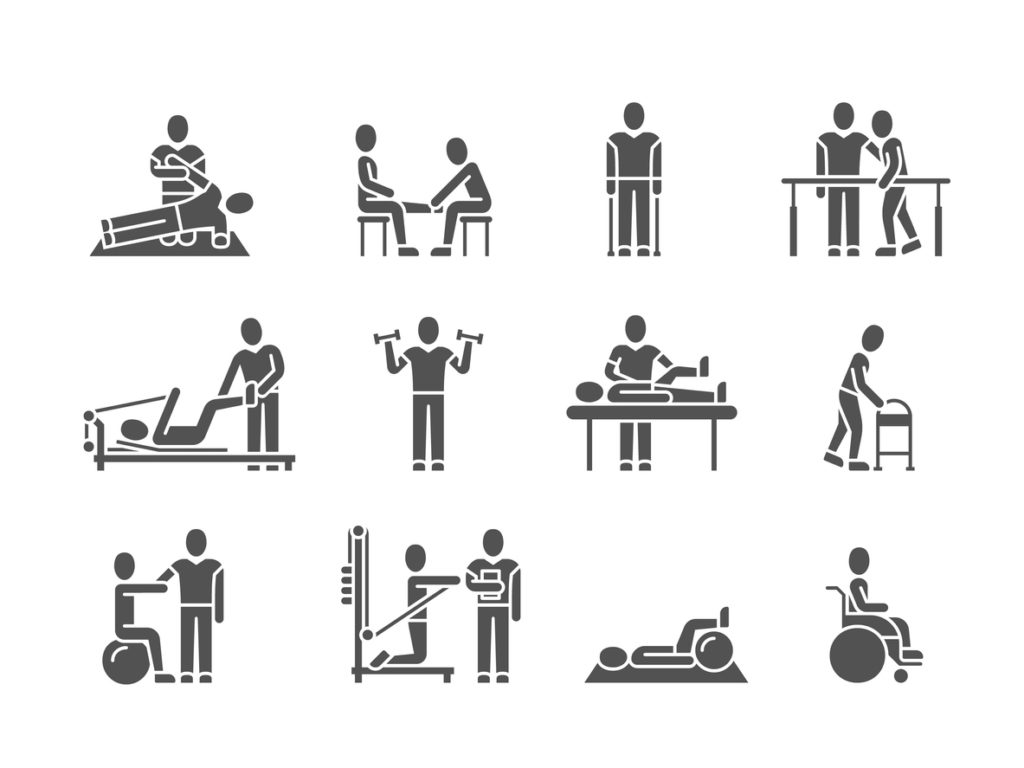This is the second of three videos. To view the other videos in this series, see:
Transcript
How is migraine treated?
So what can we do to treat or manage migraines?
Lifestyle changes
The first thing that people need to know is that there is an element of self-management. Changing lifestyle factors such as diet, weight, exercise has been shown to help headache syndromes. Quitting smoking, all these things are things people can do off their own bat. If they have done all this, and are sitting in front of me or their GP, we then need to look at options to treat them with medication.
Migraine medications
We divide the treatment of migraine into acute and preventive therapies, and that’s really important for people to understand. They’ll often go away with a couple of scripts and handouts that I’ll give them and I always try and reinforce that when the attack starts we would like to minimise the disability associated with it. We would like to shorten the headaches phase, we’d like to reduce the severity of it, we’d like people to get their day back at the end of the day.
Get on top of your general health
Find and instantly book affordable GPs within Australia
So, depending on how severe the attack is, there is a tier of treatments. They’ll be given a plan with: take an over the counter analgesic or anti-inflammatory. If the headache progresses, take a prescription medication, in this case triptans. The triptan class has been around since the 1990s. It’s specifically designed to target one pathway in the migraine biology, serotonin.
It has variable success. There are five different drugs available in Australia, and because they’re individual molecules you should always try at least two or three. When they work, they will take the headache away within half an hour or an hour. You may need to take two per episode, but they are probably the most effective drugs that we have at the moment. There may be additional drugs coming in down the line which we can talk about later, but really, triptans are the mainstay of treating an attack of migraine.
Things not to do during a migraine attack
Things not to do. We don’t like opioids, so that’s anything with codeine, tramadol, pethidine, morphine, these types of things. They are generally not effective during a migraine attack and if they are they have higher risk. So I tell people, look, I know you may have been in severe distress with your migraine, no one has ever died of a migraine, but people have died from treatment with injections of pethidine and morphine and other such drugs.
Acute treatments for migraine
Other acute treatments that we can prescribe that supplement analgesics or triptan medications are anti-emetics, so they’re drugs that reduce nausea and vomiting. It’s very important in someone that has a fast peaking headache and vomiting within half an hour, that really, giving them the tablet is not going to make any difference because it will just be back up in 5 minutes. So there is a nasal spray option, there’s an injectable triptan but it’s quite expensive. One other alternative is to take a strong anti-emetic, like ondansetron wafers along with your triptan, so at least you can hold it down and improve the success rate.
If all this fails, I give people the options of a sort of rescue pack, which may just include a sedating medication like an antihistamine, and always tell them to re-hydrate. Drink Gastrolyte, an oral rehydration solution. People are forever turning up in the emergency department wanting a poor emergency physician to fix their migraines and really all they can achieve is to give them IV fluids. There is some benefit in some people from a treatment called IV Largactil, but that’s debatable. But really, a well-meaning emergency physician might give someone, you know, intravenous morphine or pethidine and the patient then sees that as the answer to their migraines, and it is really not.
With the acute treatments, if they are successful, within half an hour you can be pain free and just get on with the day. If we look at more severe episodes, people need to go home, rest in bed, take their medication, so it will still relieve suffering but not disability. And in general I say to people, if you’re starting a new medication you should be at home, take it, rest in bed.
What are some of the side effects of treatments?
There is a side effect profile for these medications. They are generally well tolerated but they can make people feel drowsy. In some cases these triptans can cause a curious chest tightness. People think they are having a heart attack. It turns out it is oesophageal spasm, so really they should be at home when they are taking these medications, at least for the first time. Once you know their efficacy and side effect profile, by all means have them at work, have them wherever you are, if you know they are going to work for you.
Preventive treatments for migraine
The second tier of treatment for migraine is called prophylactic or preventive therapies. I generally don’t introduce them unless people are having migraine attacks weekly or more, or losing seven or eight days a month to migraine. By preventive treatment we mean something you will need to take on a daily basis. So I say to people, “Will you be motivated enough to take this pill?” You know we prescribe medications for patients for everything from blood pressure to diabetes, but we know that they only take it about 70% of the time. So I tell people, “Look, there’s a chance that we could reduce your headaches by 50% or more, does that interest you?” and if they say yes we talk about preventive treatment.
So preventive treatments are drugs. A lot of them are oral medications used for other indications. In fact, most of these drugs have other primary indications. So anti-hypertensives for blood pressure, anti-seizure medication, anti-depressant medication and other antihistamines. It’s just been found that these drugs have multiple actions, they all work on the central nervous system receptors, and they all have good evidence for reduction in migraine. They need to be taken anywhere between, depending on the medication, once a day and twice a day, so I generally try and start someone on a medication. They’ll have a chart, I show people the numerous options available, and I select based on the potential for side effects, age, whether they’re male or female, safety in pregnancy. There is literally 30 or 40 medications that could potentially improve their migraines.
Treatment with oral preventive has to be undertaken for at least three months. They can start to work within a month but we don’t give up on them until the person has been on a decent therapeutic dose for two or three months. If they have not had any improvement by that stage we would change them and try at least three or four medications. Sometimes you get it on the first go, but I wouldn’t give up until had tried at least three or four medications.
Now what do we do at that point? Depending on the severity of someone’s migraines, if we are talking about a chronic migraine sufferer they may have had this problem for two years, five years, ten years, twenty years. They may have tried five or six different medications. I usually review all those medications, will offer them another two or three month trial of an oral medication, or we might decide at that point to go straight onto treatment with botulinum toxin.
Video kindly featuring:
Dr Julian Rodrigues MBBS FRACP; Consultant Neurologist at Hollywood Medical Centre, and Editorial Advisory Board Member of the Virtual Neuro Centre.
All content and media on the HealthEngine Blog is created and published online for informational purposes only. It is not intended to be a substitute for professional medical advice and should not be relied on as health or personal advice. Always seek the guidance of your doctor or other qualified health professional with any questions you may have regarding your health or a medical condition. Never disregard the advice of a medical professional, or delay in seeking it because of something you have read on this Website. If you think you may have a medical emergency, call your doctor, go to the nearest hospital emergency department, or call the emergency services immediately.








